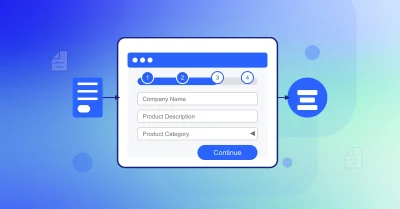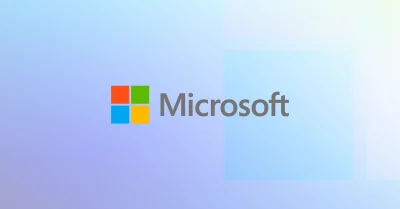Growth is often a double-edged sword in the new normal. While businesses in the digital and cloud spaces progress in leaps and bounds, such rapid expansion can exacerbate pre-existing inefficiencies and harbor hidden costs.
This is evident in channel distribution where hidden costs are pervasive for the vast majority of partners today, like Managed Service Providers (MSPs) and resellers, as well as distributors and vendors. Across the board and regardless of size, many partners continue to work with multiple channels and systems—sometimes homemade—which negatively affects their ability to track information. And the resulting inefficiencies often rack up big bills, with Gartner reporting that shadow IT accounts for 30 to 40 percent of IT spending in large enterprises.
Wasted resources, labor, time: this issue hurts much more than the bottom line, and the toughest part is that there is no single root cause. Rather, this is death by a thousand cuts—from implementation oversights to maintenance issues—and the cuts only get deeper as partners scale. Let’s look at what they can do to eliminate hidden costs going forward.
What Are Hidden Costs?
In general, these unaccounted or unattributed costs originate from four areas, with the first being shadow IT.
Shadow IT is the use of systems, devices, software, applications, or services without explicit IT department approval. The phenomenon has grown in recent years due to the adoption of cloud-based applications and services, with the average company using 30% more unique SaaS apps than in 2018. Thanks to the ease of adding new software, departments are going it alone and buying platforms that can be niche or duplicate. Personally, I’ve seen firsthand where a large corporation had three different types of chat apps to communicate internally.
The next hidden cost stems from implementation and integration. Channel partners need to work within different systems and almost always underestimate the budget needed to work with software solutions. In fact, I don’t recall any time where a company has successfully implemented and integrated at budget, and this remains a consistent blind spot across the industry.
Then we come to maintenance, which is especially difficult when partners create homegrown software to handle provisioning, relationship management, or data management. While such proprietary software might perform well for initial purposes, maintenance and upgrades can be a nightmare. Likewise, internal knowledge transfer in this situation is crucial. There are horror
stories of personnel departures forcing partners to retroactively investigate the backend and figure out their own software. This is not only expensive, but it’s also embarrassing.
And last but not least, scalability. Expanding from one market to the next is not linear and neither is the cost. Partners that have already launched in one part of the world often think that it will cost more or less the same to expand into another region, like between the US and Europe. However, this thinking does not take into account the additional effort to contend with the new currency, language, audience, and regulation, as well as local operations within the region. These hurdles bring overheads and, thus, hidden costs.
How To Fight Hidden Costs
The good news is that there are multiple remedies to hidden costs. Integrations, for example, successfully bring together disparate systems and improve efficiency. I’ve seen too many times where partners have manual processes and pull information from one system before typing it into another, with an entire person dedicated to this process. Clearly, this should be automated to cut down on human errors and save in the long run.
Along with integrations, partners should purchase software with scalability and unification at heart. There is no magic platform that does everything 100 percent—so companies should opt for the best of breed, even if the initial investment is a bit more. This will help to offset the concerns of scalability, maintenance, lack of expertise, and potential unforeseen overheads. Moreover, best-in-class platforms help to paint a consistent long-term picture of the health of channel operations.
Speaking of channel health, it is also integral to bring in outside experts to perform an overall business diagnostic. These can be consultants, solution architects, and the like—folks that know channel software and best industry practices to help you architect a scalable and efficient platform. Working in conjunction with your team, these objective outsiders work to find the gaps and tighten any software screws.
Why Efficiency Matters In The Channel
Hidden costs can run rampant and the reality is that channel partners without oversight essentially pay twice the price for half the output.
More than the financial downside, though, hidden costs should be thought of as hidden inefficiencies. Especially in today’s accelerated digital transformation, inefficiencies can make or break fast-growing channel operations. Therefore, weeding out hidden costs with improved efficiencies can work wonders by saving budget and running a tighter ship.
This is where integrated software and platform can make all the difference. By unifying and standardizing your system, managers receive a single view into contracts, reporting, sales, marketing, and day-to-day operations, thereby empowering them with the right tools to achieve sustainable growth. Instead of overwhelming them with lots of different platforms and software,
this single operational view can grant the much-needed oversight that is necessary to set your business up for success.
With the rapid growth of today set to shape the market leaders of tomorrow, it is incumbent upon channel partners to seize the moment and fight the perils of hidden costs.












